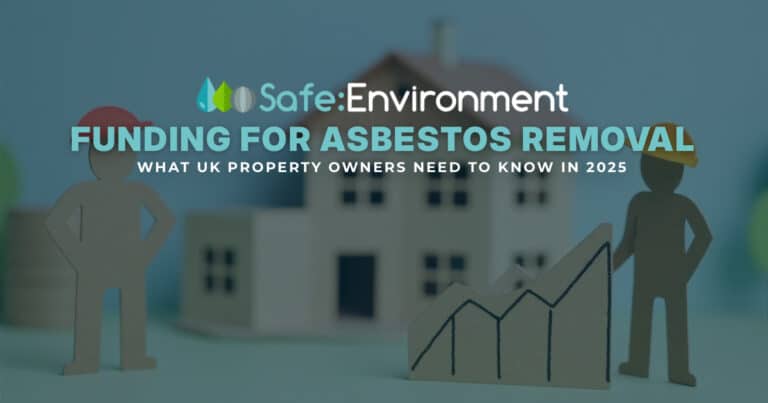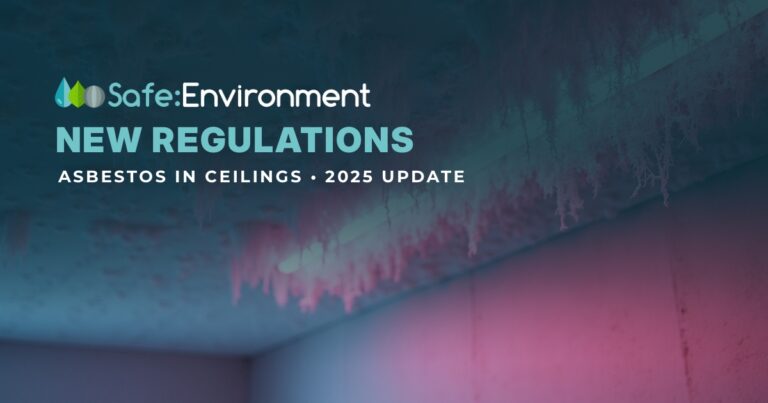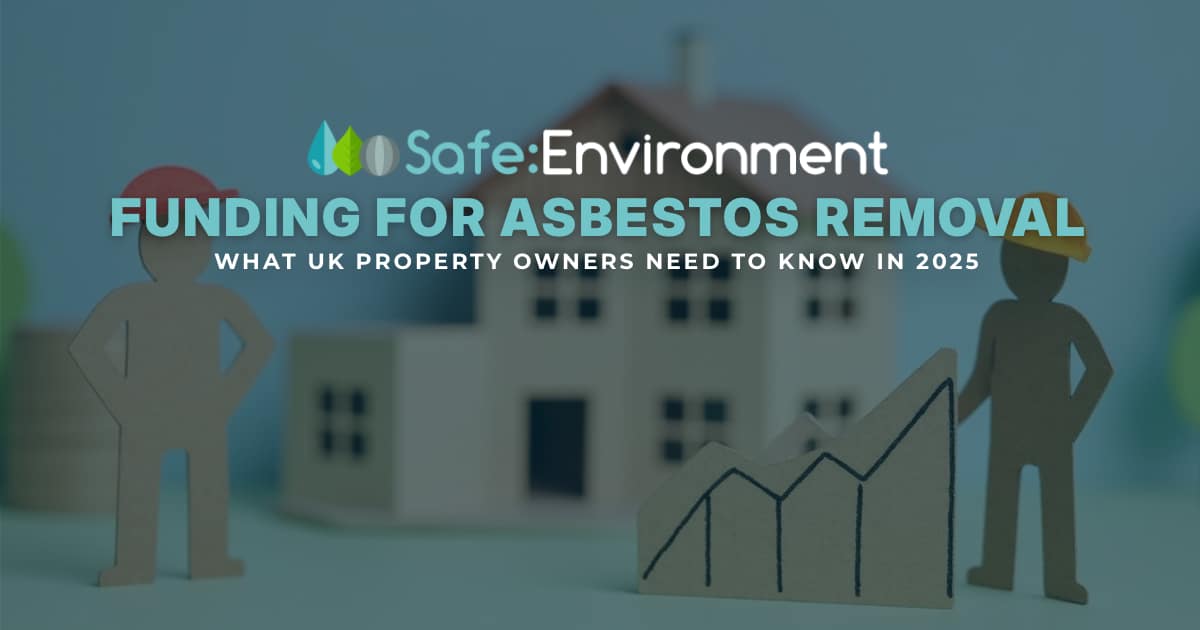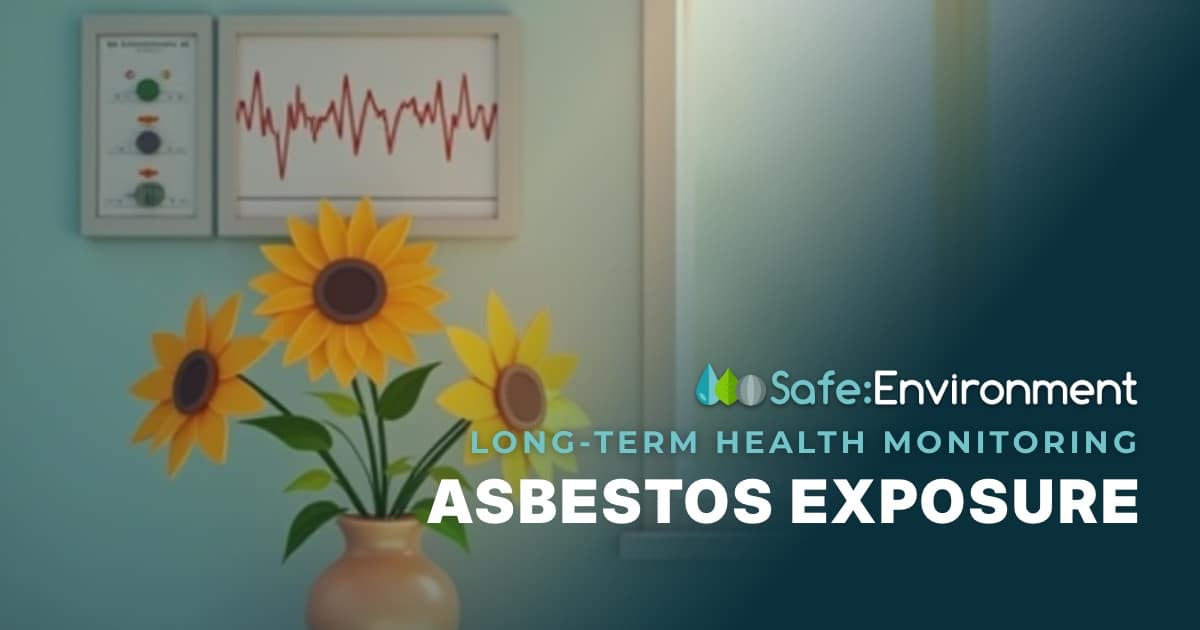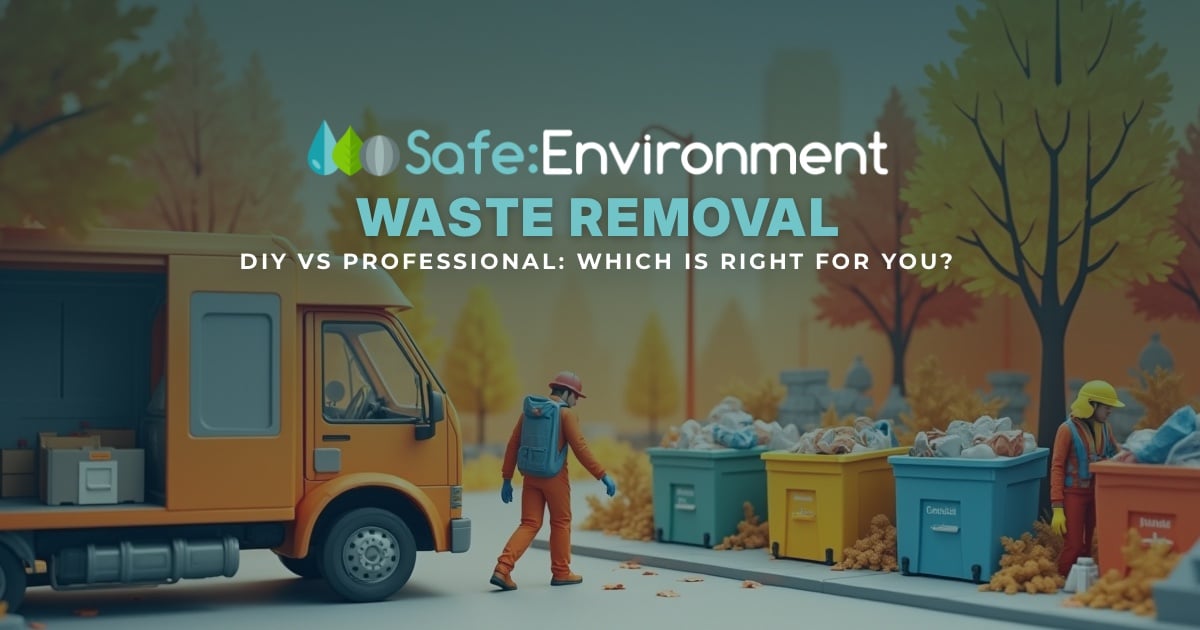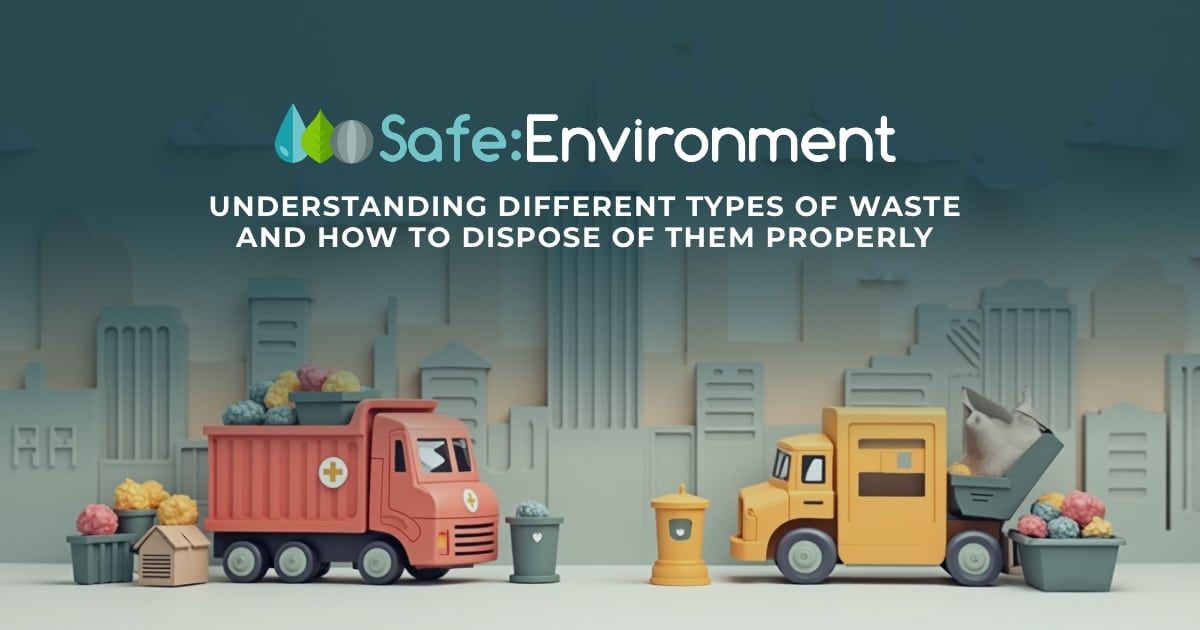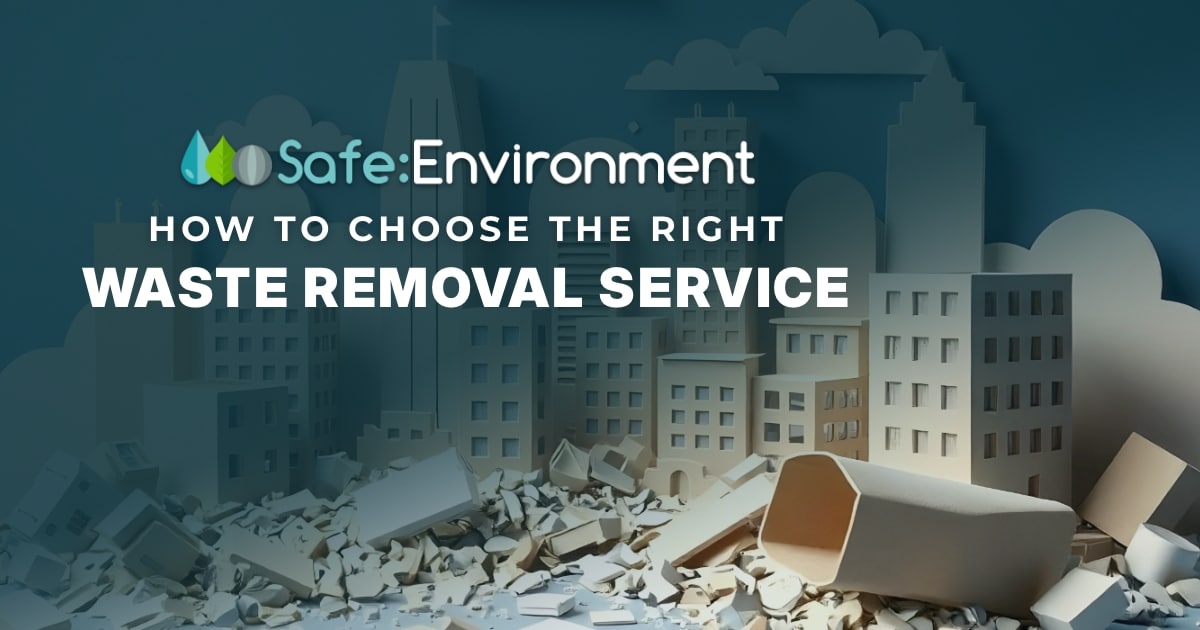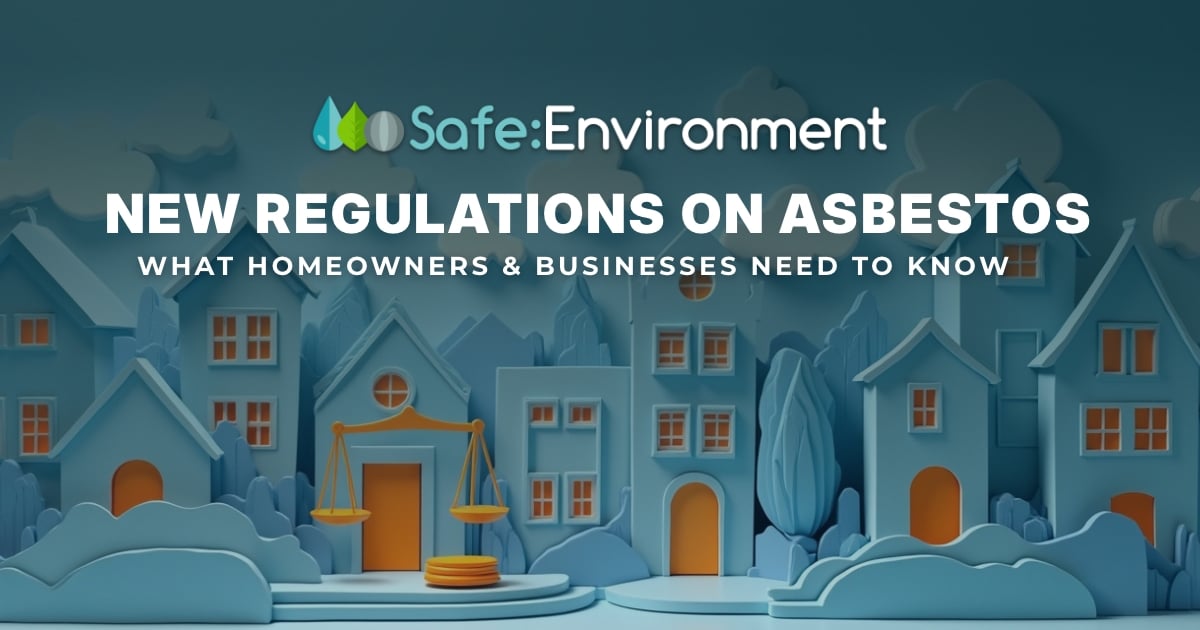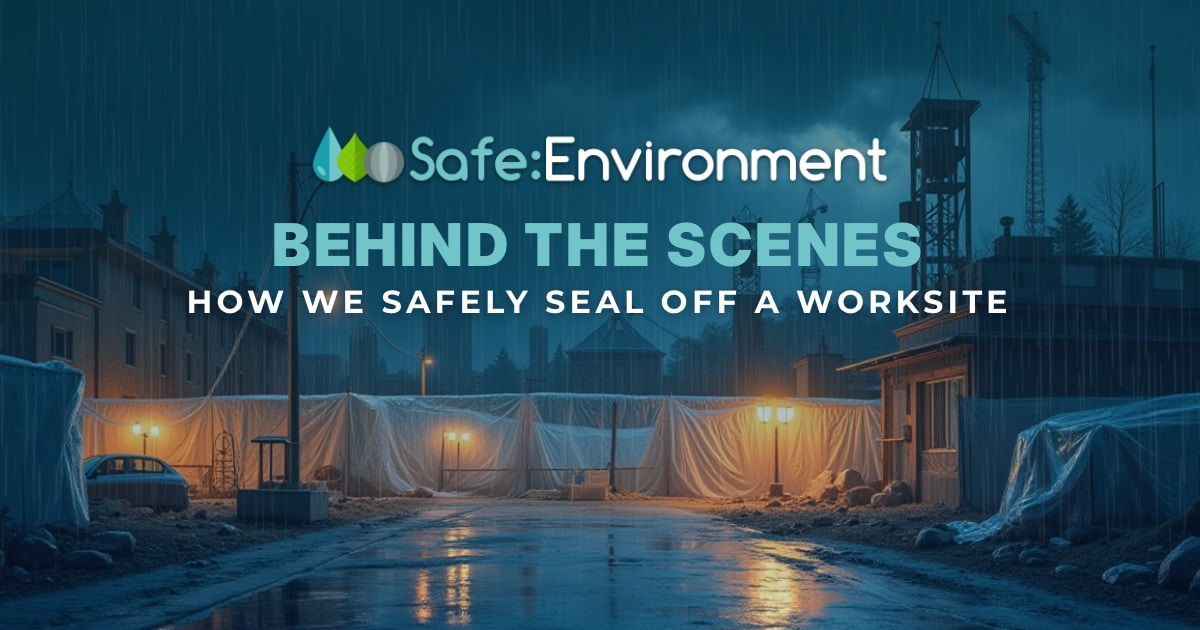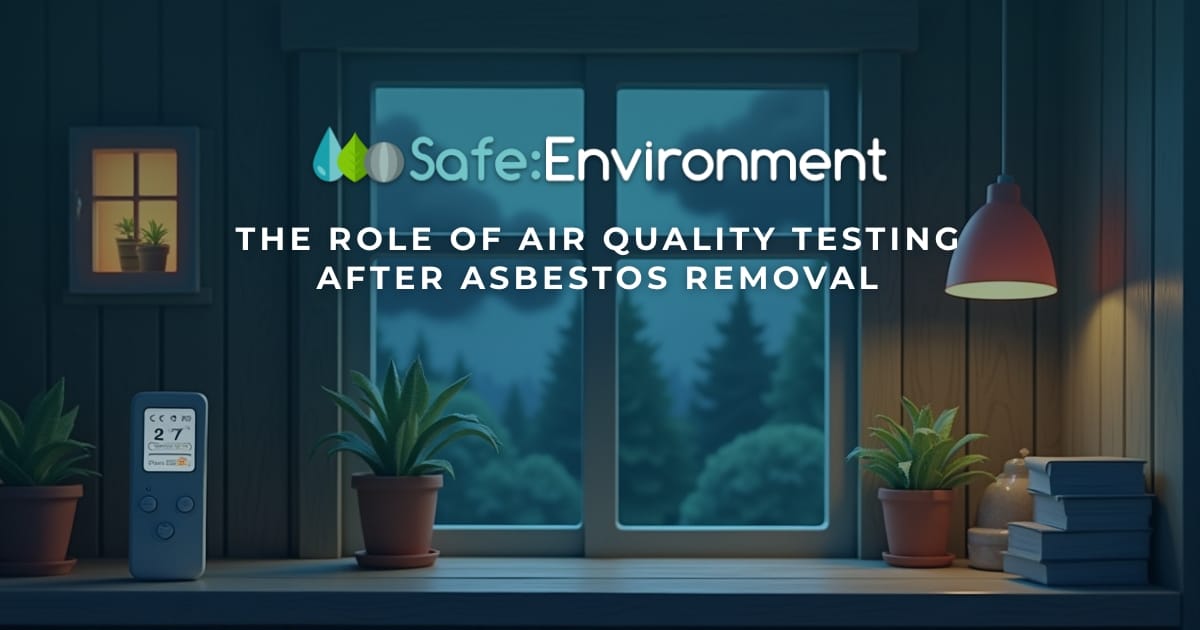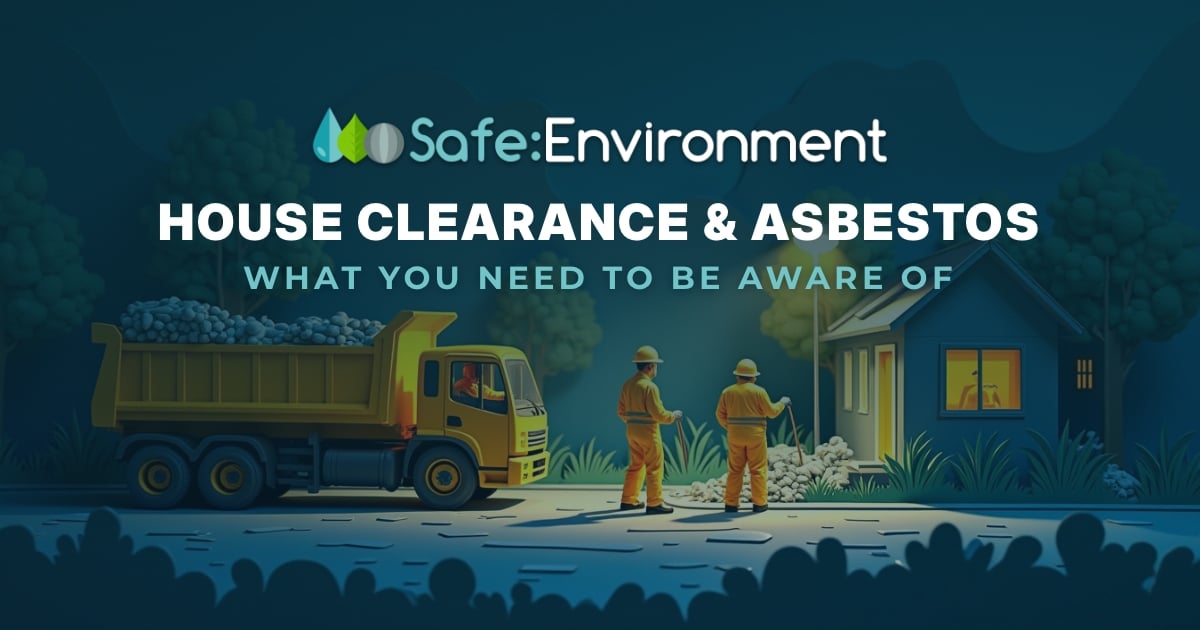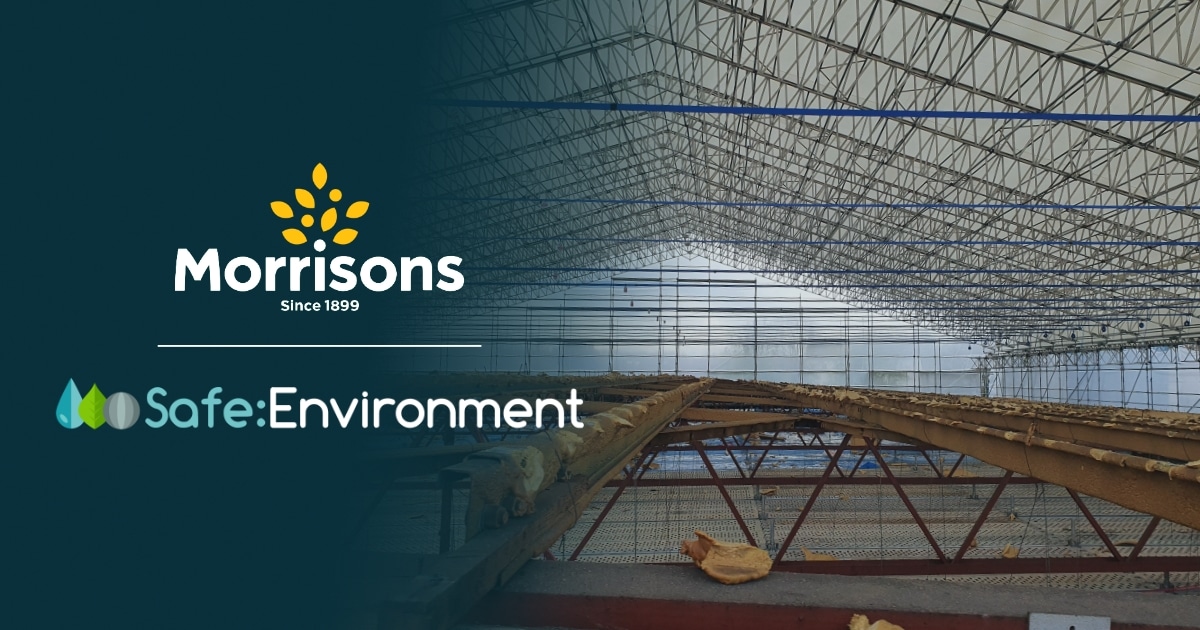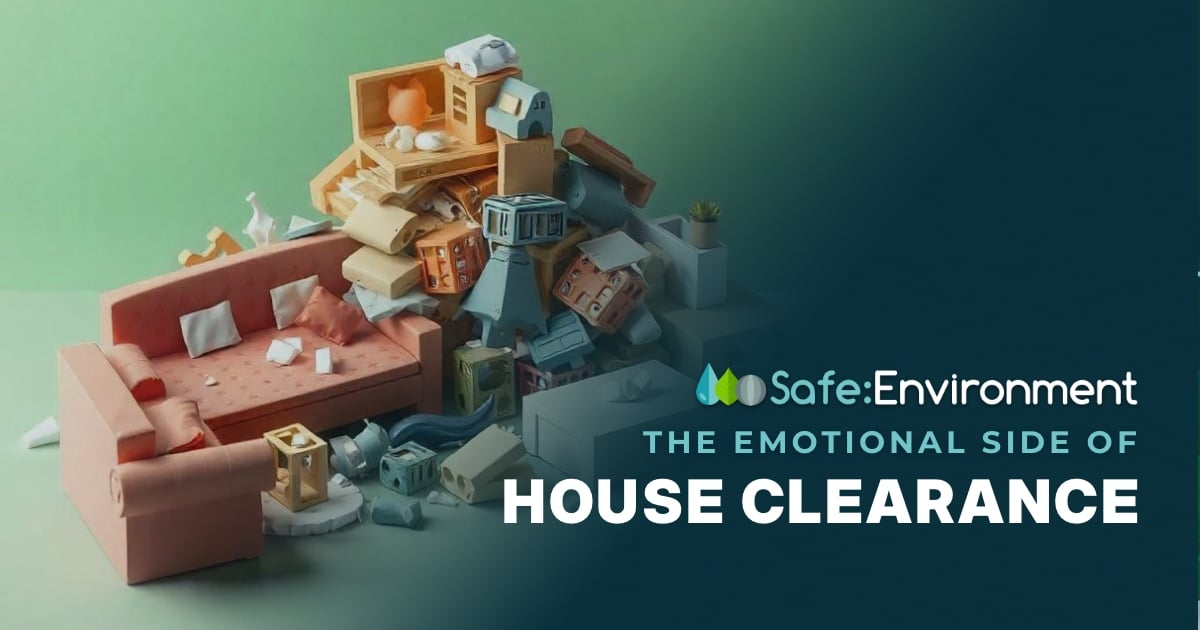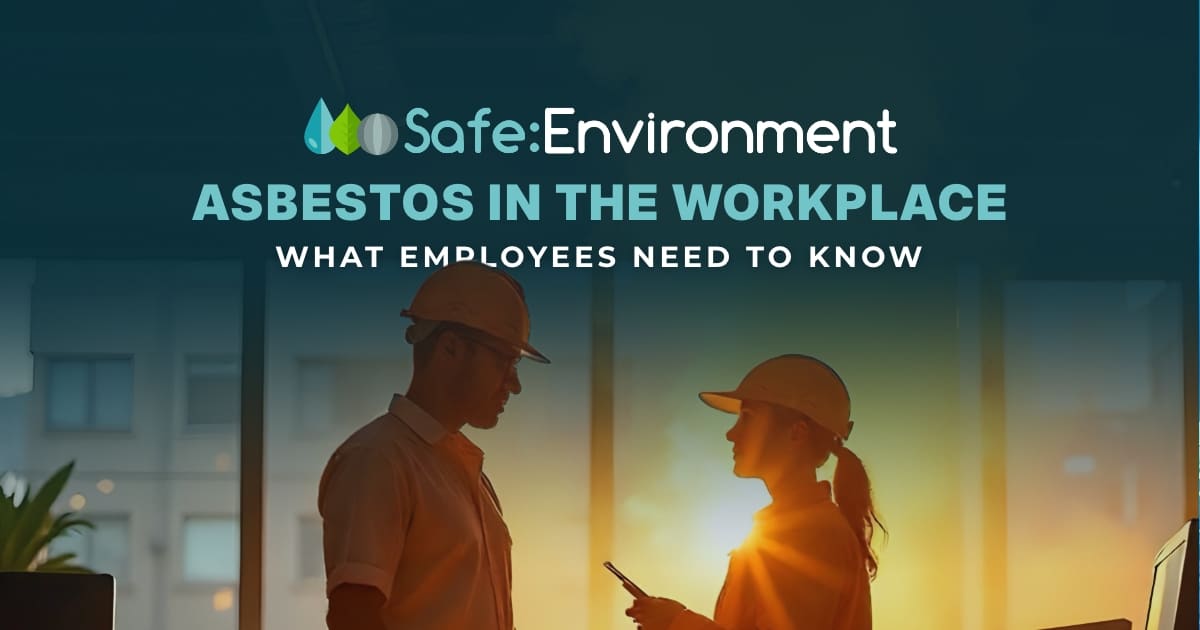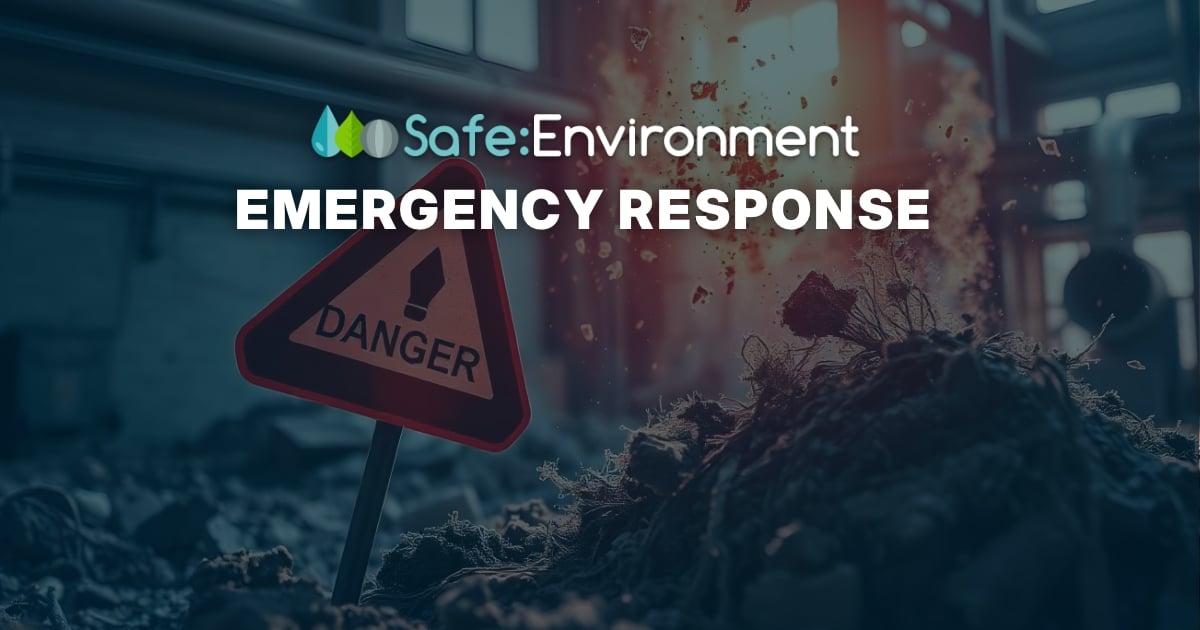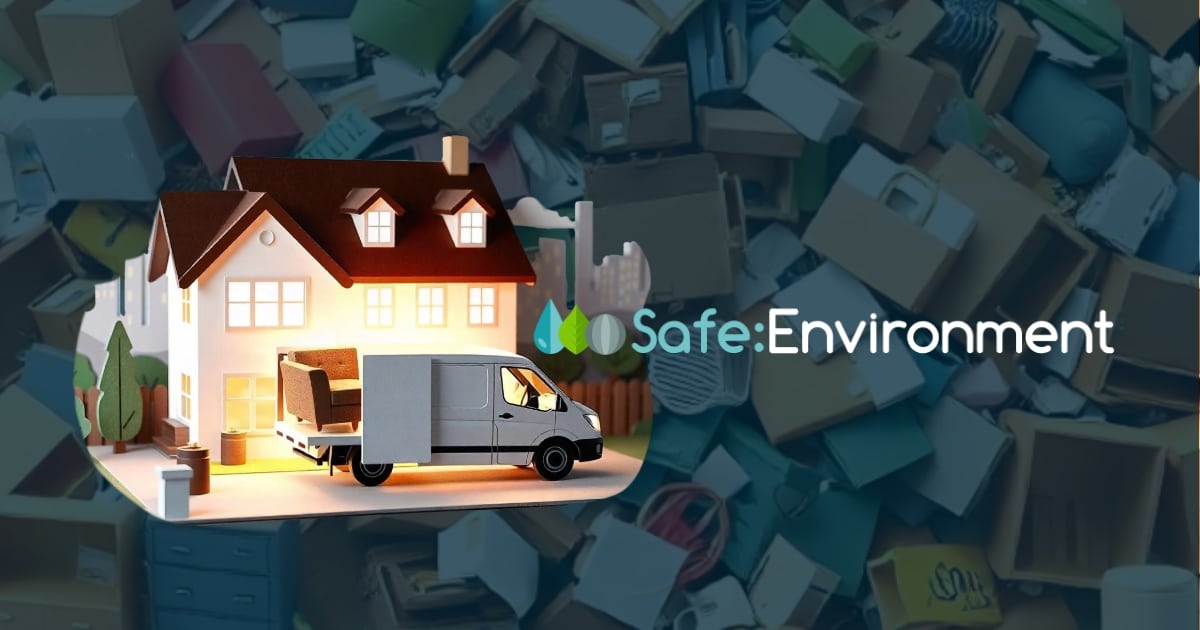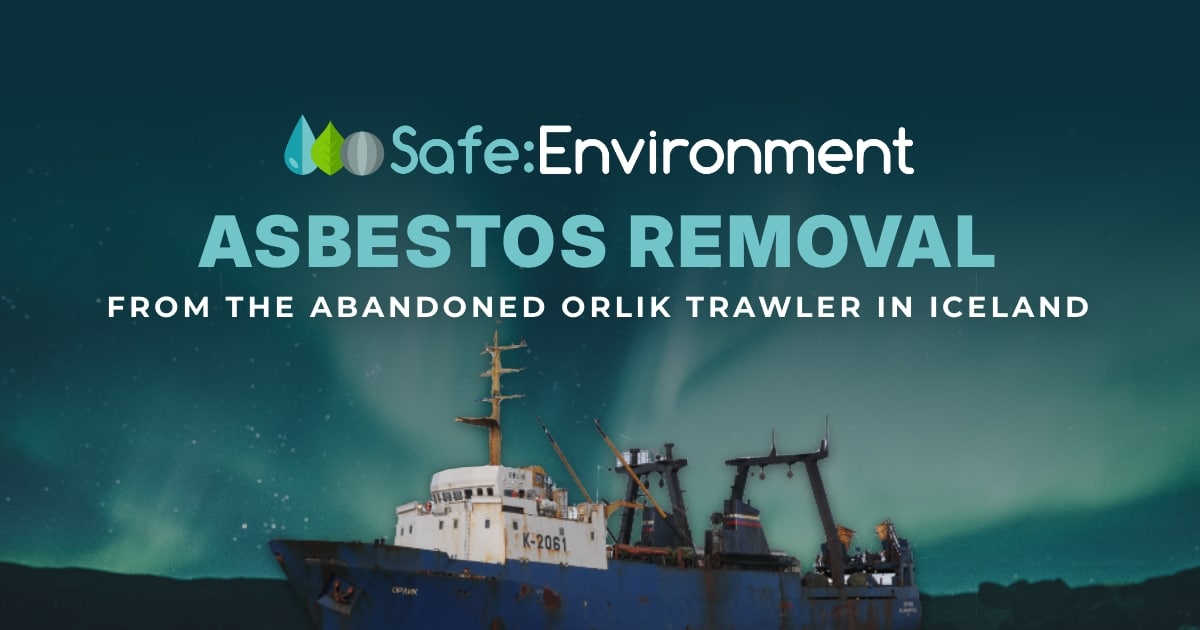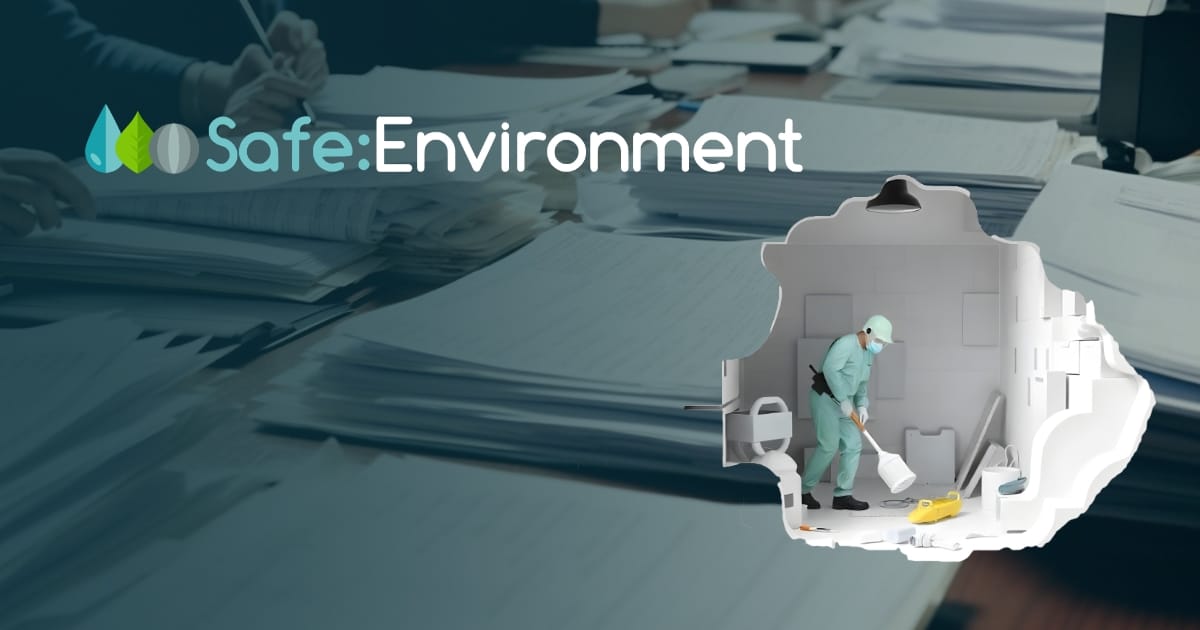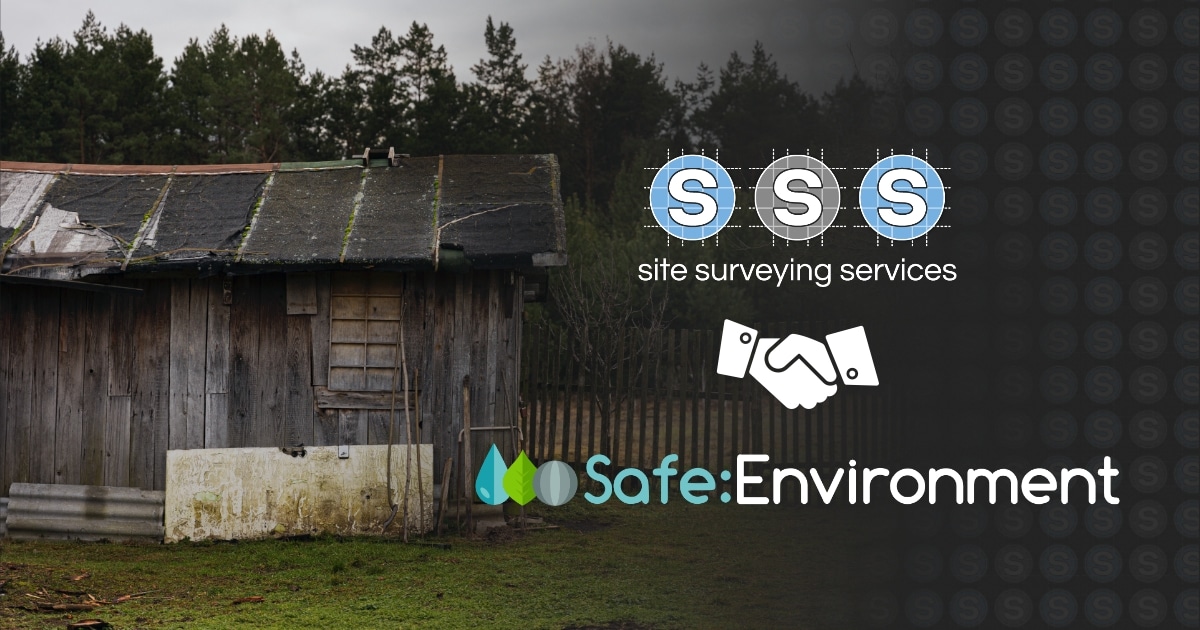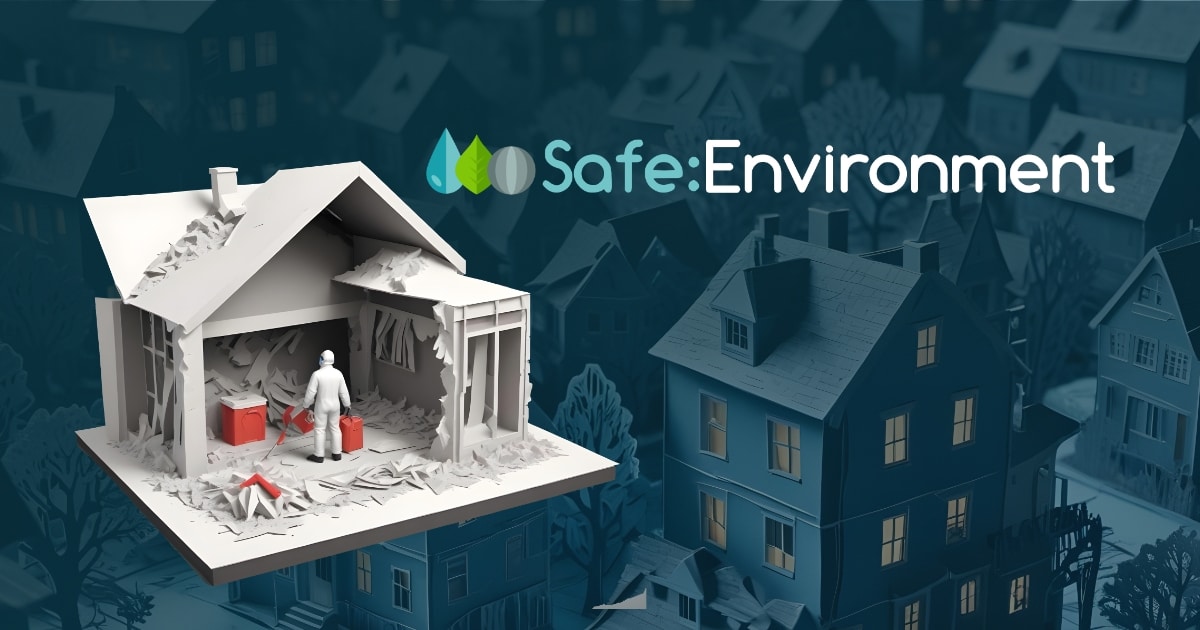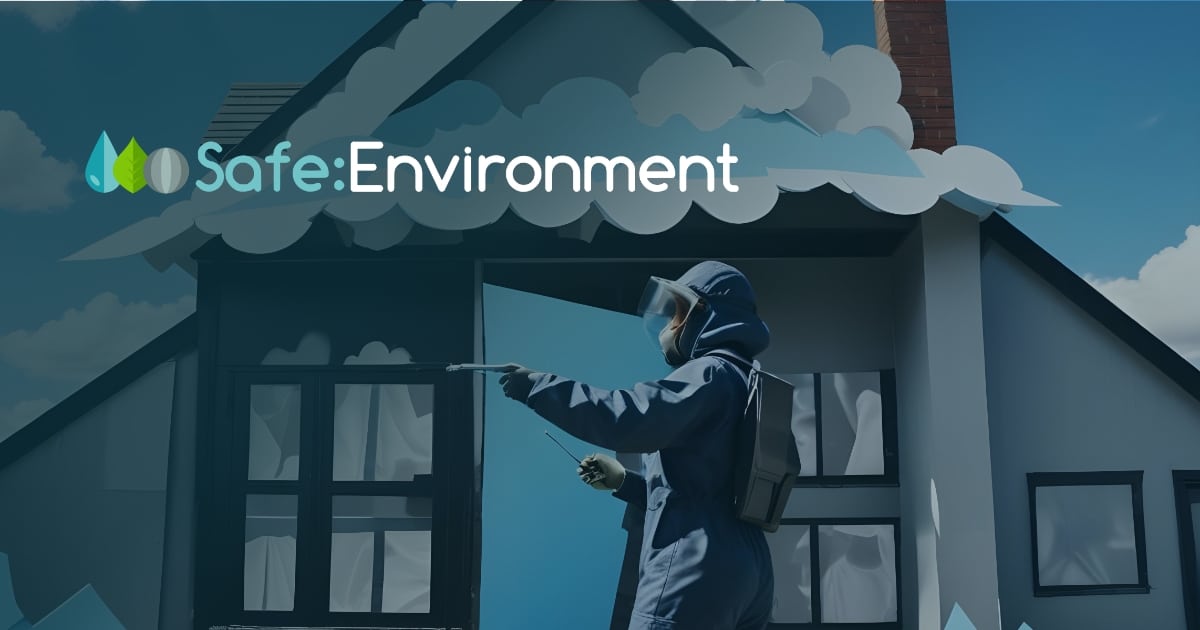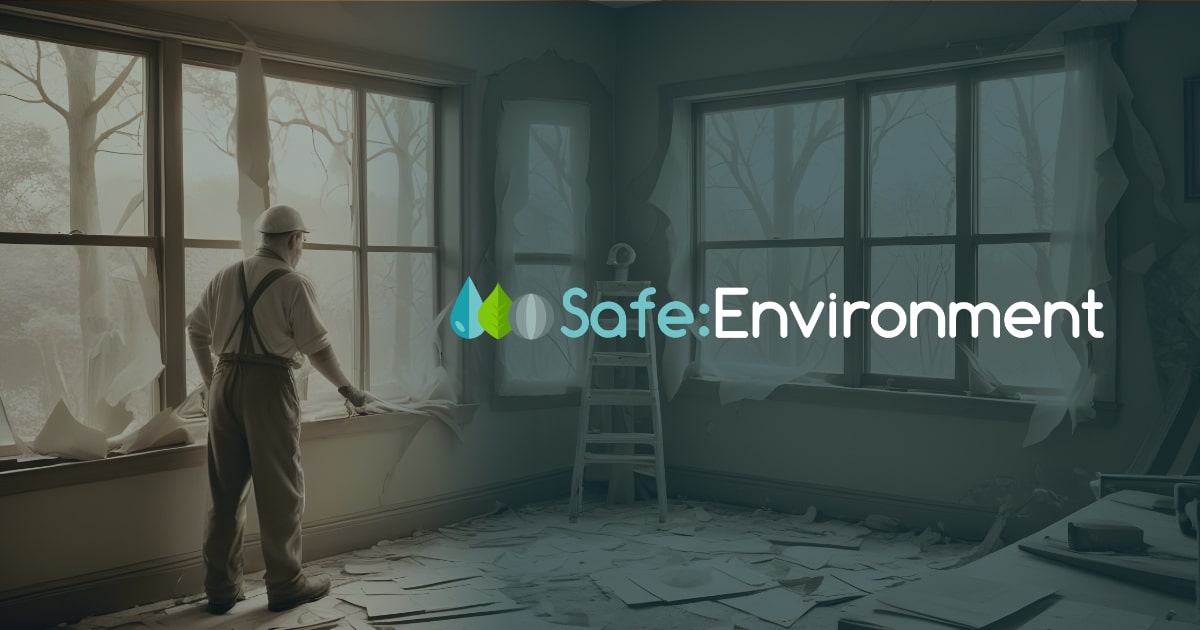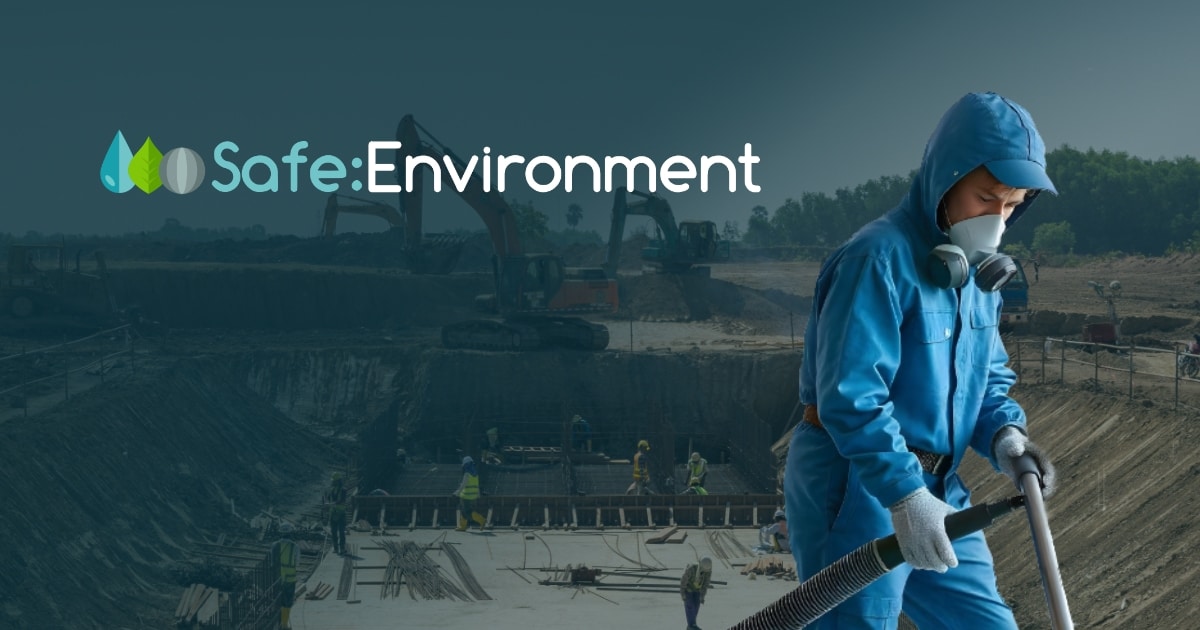Asbestos was once regarded as a versatile and affordable material, widely used in construction and household products throughout much of the 20th century. Prised for its heat resistance, durability and insulating properties, it was incorporated into thousands of domestic items. However, today we understand that asbestos exposure is linked to serious and often fatal health conditions, including mesothelioma, lung cancer and asbestosis.
Although asbestos use has been heavily restricted or banned in many countries, including the UK, it can still be found in numerous older homes and household items—often hidden in plain sight. Homes built or renovated before the late 1990s are particularly at risk, and many homeowners remain unaware of the potential dangers lurking behind walls, beneath floors or inside old appliances.
To help protect your health and the safety of your household, here’s a closer look at common items and materials that may still contain asbestos:
1. Insulation Materials
Asbestos was extensively used in thermal insulation, especially in lofts, around boilers, hot water cylinders, pipework and ducting systems. One of the most well-known forms is loose-fill vermiculite insulation, which was often contaminated with asbestos. Pipe lagging in particular is known to be one of the most dangerous asbestos-containing materials (ACMs), as it deteriorates easily and can release fibres into the air.
2. Flooring and Adhesives
Older vinyl floor tiles, lino, and the adhesives (or mastics) used to bond them to the subfloor may contain asbestos. Tiles measuring 9×9 inches are a common indicator, but it’s not always obvious. Even modern-looking flooring may have been laid over existing asbestos tiles, making it easy to disturb them during DIY or renovation work.
3. Wall and Ceiling Finishes
Textured wall coatings such as Artex, commonly applied in the 1970s and 1980s, frequently contained asbestos. Popcorn ceilings, decorative plasters and some forms of joint compound used in wall boarding may also be contaminated. Though these surfaces may appear harmless, disturbing or sanding them can release dangerous airborne fibres.
4. Roofing and Exterior Cladding
Asbestos cement was widely used in roofing sheets, guttering, soffits and external wall cladding. These products are often still found on sheds, garages, outbuildings and even parts of residential homes. Over time, weathering and damage can cause these materials to degrade and release fibres, even without direct interference.
5. Heat-Resistant Household Items
Older household textiles and kitchenware may come as a surprise. Items such as ironing board covers, oven gloves, fire blankets and heat mats were sometimes made with asbestos fabrics due to their flame-retardant qualities. These materials can fray or degrade with use, increasing the risk of fibre release.
6. Electrical Appliances
Some vintage or second-hand electrical appliances—such as toasters, electric fires, hairdryers and heaters—used asbestos for insulation or heat shielding. While most have long since been replaced, these items occasionally resurface in homes, car boot sales or charity shops. Exercise caution when dealing with any old appliance that shows signs of internal insulation.
7. Fireplaces and Wood-Burning Stoves
Asbestos was used in fireproof panels, stove gaskets, door seals and hearth linings. If you have a traditional fireplace or an older wood-burning stove, there may be asbestos materials present, especially if no recent upgrades or inspections have been carried out.
8. Plumbing Fixtures and Gaskets
Asbestos was also used in seals, gaskets and insulation wraps around older plumbing systems, particularly in water tanks and hot water pipes. These components are especially vulnerable to deterioration over time and can pose a serious risk when removed or replaced.
How to Stay Safe
If you suspect that asbestos may be present in your home, the most important rule is: do not disturb it. Asbestos is most dangerous when it becomes airborne—something that happens easily when cutting, drilling, sanding or breaking ACMs.
Instead, take the proper steps:
- Contact a licensed asbestos surveyor or removal contractor to inspect any suspected materials.
- Book a pre-refurbishment or demolition asbestos survey before beginning any home improvements.
- Never attempt to remove asbestos yourself. DIY removal is unsafe and in many cases illegal without proper certification.
Final Thoughts
Asbestos-related illnesses may take years to develop, but the risk begins the moment fibres are released into the air. With greater awareness and the right safety measures, you can reduce the risk of exposure and protect your home for the future.
At Safe:Environment, we’re committed to promoting healthier living spaces by helping you identify hidden hazards like asbestos. If you’re unsure whether your home could be affected, take action today—stay informed, stay cautious, and stay safe.



